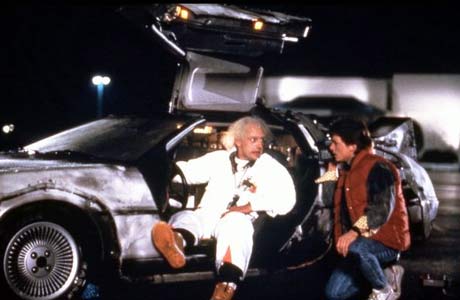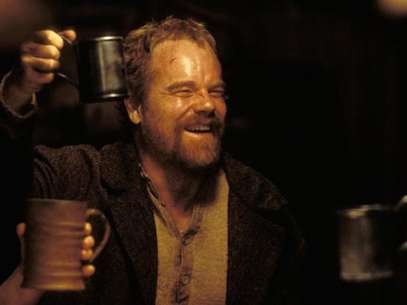by Shadow Dove
Louis was the main character in Interview with a Vampire, and his distaste for his maker, and the way he spoke of him was maybe part of what made Lestat seem like such a villain. At one point early in his new life as a vampire, Louis had this to say about Lestat “And all the time, he belittled me and attacked me for my love of the the senses, my reluctance to kill...and would taunt me with sealed lips when I asked about God or the devil” (Rice 37). It was made very clear that the two were developing a great distaste for one another, and Louis had a suspician that he had only been given the “dark gift” as it is later reffered to, for his plantation and his wealth.
So just because Louis is not as bad as Lestat, does this make him a “hero” or does he rest in the place of “anti-hero” like so many other softer natured Vampires? According to Richard Wilson's article “Anti-Hero: The hidden Revolution in Leadership and Change”, the Anti-Heroes “are inherently sensitive to other people and aware of the limitations of their own knowledhe and skills. It is this sensistivity to themselves, others and the wider world that forms the basis of the Anti-hero” (Wilson 15). This definition clearly fits Louis, he is very sensitive to other people, in fact for many years he refuses to feed on human blood and feeds off of animals instead.
Furthermore, when we look at an excerpt from the Hero's Journey Outline, featured in “The Hero's Journey Outline The Heroine's Journey/ Archetypes 'The Memo That Started It All' by Christopher Vogler 'a Practical Guide to Joseph Cambell's The Hero with a Thousand Faces' by Christopher Vogler”, Vogler describes a hero as “the person who goes out and achieves the great deeds on behalf of the group, tribe, or civilization” (Vogler 1). So although Louis has good intentions and is sensative to the plights of others, he does not by any means have a journey in which he is fighting a cause that serves a “group, tribe or civilization”.
It would appear that by both Wilson's and Vogler's definitions that Louis indeed fits the Anti-hero model. Bleeding heart and all!
Now, Lestat, oh Lestat, what a misunderstood soul indeed. There is no question in my mind that he does not transend from Anti-Hero to Hero, and in fact many times, by his own will, fits quite comfortably into the roll of Villian. However in the second book in the Vampire Chronicles: The Vampire Lestat you see his humanity quite plainly when he is speaking to Armand, an ancient vampire whom he has recently encountered “'You know it was the damnedest luck!' I whispered suddenly. 'I am an unwilling devil. I cry like some vagrant child. I want to go home'” (Rice 242). You have to understand that he had been given the “dark gift” by an ancient who then lept into a fire killing himself, without any explanation of how to live as a vampire, and upon meeting Armand, Lestat had hoped to find answers, but he found none. Instead he learned only that in the words of Armand to “Live among men, and the passing years will drive you to madness” (Rice 201). So perhaps his disapointment and loneliness is what drove him to be villainous, and although he had his moments of making you feel like he could be an Anti-hero, he definitely does not fit into the category of Hero, by any standard that I have found so far. However, I find a fondness for him nonetheless....not only because he is a vampire, but because he is so completely torn between two parts of himself, and I can relate to that. The only difference is that he surrenders to his darkness, and that is what makes him a true Villain.


















